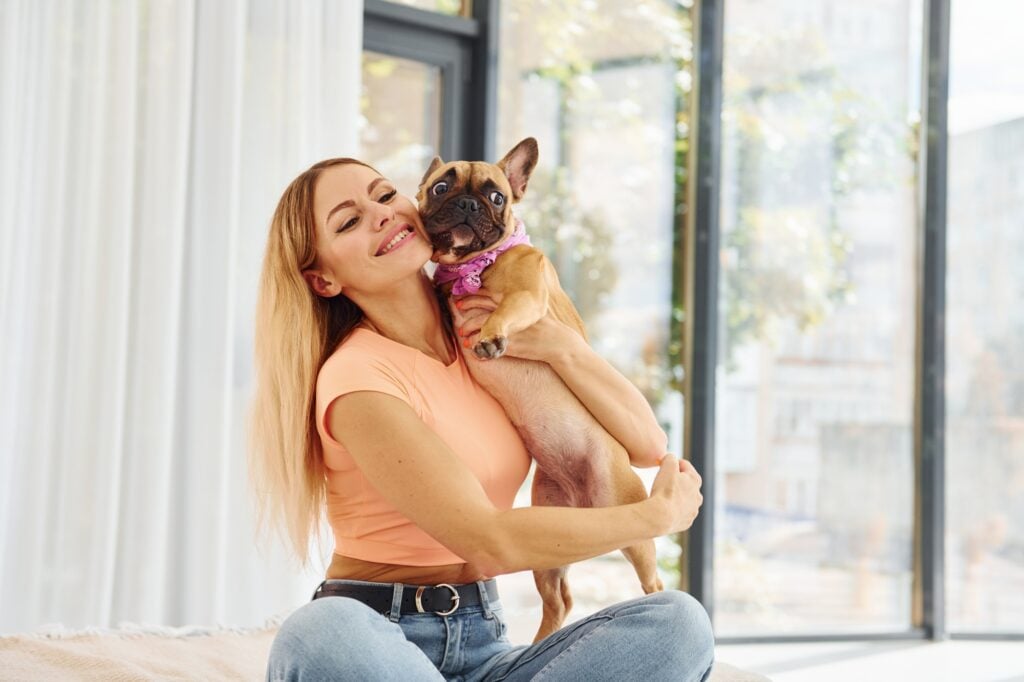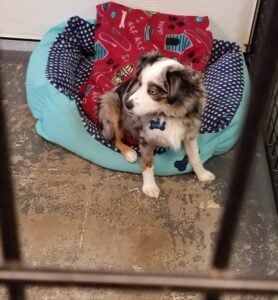Leaving your pet for a few hours is one thing, but preparing them for an extended stay away from home is a whole different challenge. Whether you’re planning a vacation, a work trip, or a family emergency, your pet depends on you to make their time apart as stress-free as possible.
Here’s a step-by-step guide to help you prepare your pet for longer stays away from home.
Understand Your Options for Pet Care
Table of Contents
- The first step is deciding where your pet will stay. Different pets thrive in different environments, so it’s important to weigh the options carefully.
Boarding Facilities (Kennels or Pet Hotels)
- Structured, secure, and often staffed 24/7. Best for pets that do well in social settings or need professional supervision.
Pet Sitters (In-Home Care)
- A sitter comes to your home or stays overnight, keeping your pet in familiar surroundings. Great for cats and pets with separation anxiety.
Family or Friends
- A familiar and often more affordable option. Works best if your pet knows and trusts them.
Veterinary Boarding
- Good for pets with medical needs since they’ll have access to veterinary supervision.
Take your pet’s personality, health, and habits into account before making the choice.
Start With Short Stays
If your pet has never spent a night without you, jumping straight to a week-long absence can be overwhelming. Instead, gradually introduce them to time away from you.
- Try short overnight stays at a boarding facility.
- Ask a friend or sitter to watch them for just a few hours.
- Build up to longer separations over time so your pet learns you always return.
- This gradual exposure helps reduce stress and makes the longer absence easier to handle.
Keep Their Routine Consistent
Pets like routine. Sudden changes can lead to anxiety, restlessness, or even destructive behavior.
Before you leave:
- Stick to their feeding schedule as much as possible.
- Ensure your caregiver knows your pet’s walk times, meal times, and play preferences.
- Send your pet’s own food to avoid stomach issues from dietary changes.
The more consistent their daily routine remains, the more comfortable they’ll feel in your absence.
Pack Familiar Comforts
Your scent and familiar belongings can be incredibly calming for your pet when you’re not around.
Items to pack:
- Their favorite blanket or bed
- A few familiar toys
- Something with your scent, like a worn t-shirt
- Their regular food, treats, and feeding bowls
These items create a sense of home and ease the stress of a new environment.

Socialize and Train Beforehand
If your pet is going to a boarding facility, they’ll likely encounter other animals and new people. Make sure they’re ready for that experience.
- Schedule playdates or short visits to dog parks.
- Practice basic obedience skills like “sit,” “stay,” and recall commands.
- Ensure your cat is comfortable with carriers and travel.
- Do year-round research to find an ideal pet boarding facility.
- A well-socialized pet adjusts faster to new settings and handlers.
Prioritize Health and Safety
Before leaving, make sure your pet is healthy and protected. This not only keeps them safe but also gives you peace of mind.
Vaccinations: Most boarding facilities require up-to-date shots (rabies, distemper, Bordetella, etc.).
Parasite Protection: Flea, tick, and heartworm prevention is crucial if they’ll be around other animals.
Vet Check-Up: Schedule a quick visit to ensure your pet is fit for an extended stay.
Emergency Info: Provide your vet’s contact details to whoever is caring for your pet.
If your pet requires medication, create a clear schedule with dosages, and pack enough for the entire stay (plus a little extra in case of delays).
Introduce the Caregiver or Facility Early
Don’t wait until the day of departure to introduce your pet to the person or place they’ll be staying with.
- Take a trial visit to the boarding facility.
- Invite the sitter over while you’re still home so your pet gets used to them.
- Let your pet explore the new environment without pressure.
- This familiarity makes the actual separation much smoother.
Ease Separation Anxiety
Some pets experience separation anxiety, especially during long stays. While you can’t eliminate it, you can make it manageable.
Tips to ease anxiety:
- Keep goodbyes calm and brief. Drawn-out farewells make pets more anxious.
- Provide plenty of mental stimulation toys, such as puzzle feeders.
- Use calming aids (pheromone sprays, calming collars, or vet-recommended supplements).
- Request regular updates from your sitter or boarding facility to ease your own worries.
Prepare a Pet Care Plan
To ensure your pet is cared for exactly as you would, prepare a detailed care plan.
Include:
- Feeding schedule and portion sizes
- Medication instructions
- Exercise and play needs
- Grooming details
- Emergency contacts (including backup)
- Behavior notes (triggers, fears, likes/dislikes)
This plan ensures that no matter what, your pet’s needs are consistently met.
Monitor Their First Long Stay
If this is your pet’s first extended time away, check in more frequently. Ask for daily updates, photos, or even short videos.
When you return, pay attention to:
- Changes in appetite or behavior
- Signs of stress (hiding, pacing, excessive licking)
- Any health issues that may have developed
This helps you evaluate if adjustments are needed for future stays.
The Importance of Choosing the Right Boarding Facility
If you opt for a boarding facility, not all are created equal. Visit in advance and look for:
- Cleanliness and safety protocols
- Staff-to-pet ratio
- Secure play areas
- Temperature-controlled sleeping spaces
- Positive reviews from other pet owners
Many facilities also offer enrichment activities like playgroups, one-on-one time, or even webcams so you can check in.
Returning Home and Reacclimating Your Pet
When you reunite with your pet, they may be overly excited or slightly withdrawn. Give them time to readjust.
- Offer comfort, but don’t overwhelm them.
- Stick to the routine immediately.
- Allow them to rest, as long stays can be exhausting.
- With time, they’ll settle back into their normal rhythm.
Final Takeaway
- Preparing your pet for longer stays away from home requires planning, patience, and empathy. From packing familiar comforts to choosing the right care option, every step you take helps ease the transition and ensures your pet feels secure even in your absence.
If you’re in a situation where you’ll be away for an extended time, facilities like Autumn Trails Veterinary Center not only provide boarding services but also ensure pets receive medical supervision and personalized care.
You can only enjoy your vacation in a better way when you are satisfied that your pet is safe and in the right hands. Autumn Trails Veterinary Center offers veterinarians safe, convenient, and affordable boarding. For further questions, give us a call at (434) 971-9800. We can help you plan your pet’s stay.





